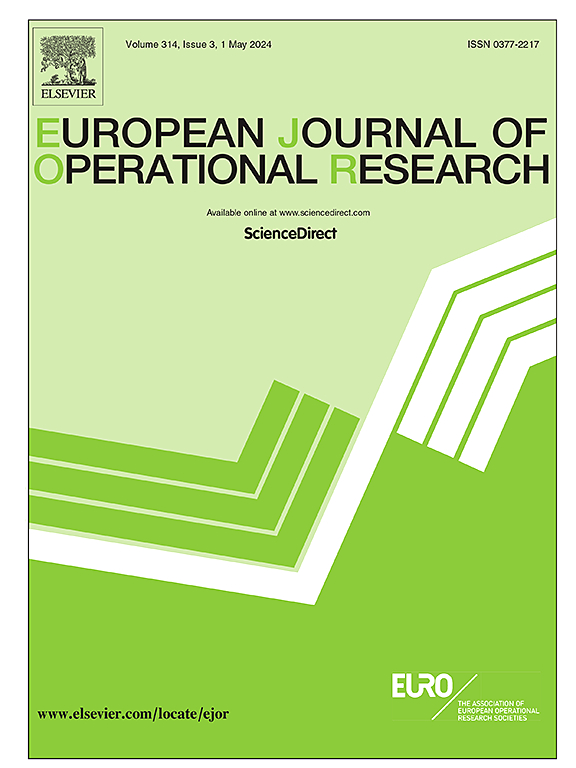基于实例的成本敏感信用评分模型解释的稳定性评价
IF 6
2区 管理学
Q1 OPERATIONS RESEARCH & MANAGEMENT SCIENCE
引用次数: 0
摘要
实例依赖的成本敏感分类器(IDCS)提供了一种很有前途的方法,通过将损失函数定制为特定于实例的成本来提高信用评分的成本效率。然而,尽管监管机构对透明度的要求越来越高,但此类损失函数对模型解释稳定性的影响在文献中仍未得到探讨。本研究通过评估局部可解释模型不可知解释(LIME)和SHapley加性解释(SHAP)在应用于IDCS模型时的稳定性来解决这一差距。使用四个公开可用的信用评分数据集,我们首先评估了IDCS分类器的区分能力和成本效率,引入了一个新的度量来增强跨数据集的可比性。然后,我们通过控制重采样来研究在不同程度的类不平衡下SHAP和LIME特征重要性排名的稳定性。我们的研究结果表明,虽然IDCS分类器提高了成本效率,但与传统模型相比,它们产生的解释明显不稳定,特别是当类别不平衡增加时,突出了信用评分中成本优化和可解释性之间的关键权衡。随着对可解释性的监管审查越来越多,本研究强调迫切需要解决IDCS分类器的稳定性问题,以确保其成本优势不会被不稳定或不可信的解释所破坏。本文章由计算机程序翻译,如有差异,请以英文原文为准。

Evaluating the stability of model explanations in instance-dependent cost-sensitive credit scoring
Instance-dependent cost-sensitive (IDCS) classifiers offer a promising approach to improving cost-efficiency in credit scoring by tailoring loss functions to instance-specific costs. However, the impact of such loss functions on the stability of model explanations remains unexplored in literature, despite increasing regulatory demands for transparency. This study addresses this gap by evaluating the stability of Local Interpretable Model-agnostic Explanations (LIME) and SHapley Additive exPlanations (SHAP) when applied to IDCS models. Using four publicly available credit scoring datasets, we first assess the discriminatory power and cost-efficiency of IDCS classifiers, introducing a novel metric to enhance cross-dataset comparability. We then investigate the stability of SHAP and LIME feature importance rankings under varying degrees of class imbalance through controlled resampling. Our results reveal that while IDCS classifiers improve cost-efficiency, they produce significantly less stable explanations compared to traditional models, particularly as class imbalance increases, highlighting a critical trade-off between cost optimization and interpretability in credit scoring. Amid increasing regulatory scrutiny on explainability, this research underscores the pressing need to address stability issues in IDCS classifiers to ensure that their cost advantages are not undermined by unstable or untrustworthy explanations.
求助全文
通过发布文献求助,成功后即可免费获取论文全文。
去求助
来源期刊

European Journal of Operational Research
管理科学-运筹学与管理科学
CiteScore
11.90
自引率
9.40%
发文量
786
审稿时长
8.2 months
期刊介绍:
The European Journal of Operational Research (EJOR) publishes high quality, original papers that contribute to the methodology of operational research (OR) and to the practice of decision making.
 求助内容:
求助内容: 应助结果提醒方式:
应助结果提醒方式:


